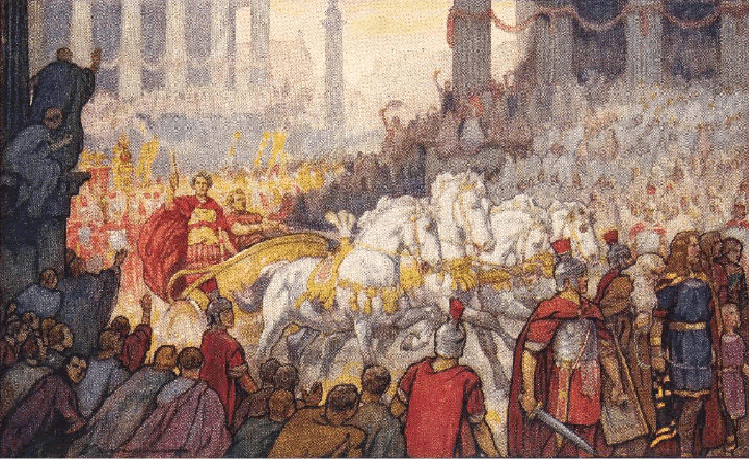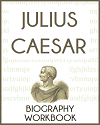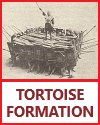| Ancient Roman Triumph |
|---|
| www.studenthandouts.com ↣ World History ↣ Ancient Rome ↣ Ancient Rome Maps & Pictures |
 |
|
A Roman Triumph: Triumphs in ancient Rome celebrated and sanctified the military achievements of a commander. A religious rite by design, the triumph was, in practical terms, a parade often used as a form of political propaganda. Click here to enlarge.
An ancient Roman triumph, also known as a triumphus in Latin, was a grand and highly ceremonial procession held to celebrate a victorious Roman general or commander and to honor the military achievements of the Roman Republic and later the Roman Empire. Victorious General: The central figure of a Roman triumph was the victorious Roman general or commander. To be eligible for a triumph, the general had to achieve significant military success and secure a formal decree from the Roman Senate granting them the honor. Procession Route: The triumph typically began outside the city of Rome and proceeded through the city's streets to culminate at the Roman Forum or the Temple of Jupiter Optimus Maximus on the Capitoline Hill. Victory Parade: The general, wearing a crown of laurel leaves, was seated in a chariot, often drawn by four horses. The general's regalia, including his armor and the spoils of war, were prominently displayed. He was accompanied by his soldiers, who marched in formation behind him. Captive Leaders: Captive enemy leaders, nobles, and warriors were paraded as part of the procession. These captives, often bound in chains, symbolized the conquered foes and the general's victory. Lictors and Attendants: Lictors, Roman officials who carried fasces (bundles of rods with an axe), preceded the general's chariot. They served as symbols of Roman authority. Other attendants, musicians, and celebrants accompanied the procession. Musicians and Chants: Musicians played celebratory tunes, and the Roman crowd often joined in chanting praises and celebrating the general's accomplishments. Offerings to the Gods: Along the procession route, the general would make offerings to the gods, usually at temples and altars. This ritual was a way of giving thanks for victory and seeking divine favor. Spoils of War: The general's chariot and the procession were adorned with the spoils of war, including captured weapons, armor, and other treasures. These trophies served as a public display of the triumph's significance. Triumphal Arch: The procession often passed through a triumphal arch, an ornate and monumental structure that commemorated the victory and the general's achievements. Ceremony at the Temple of Jupiter Optimus Maximus: The climax of the triumph took place at the Temple of Jupiter Optimus Maximus on the Capitoline Hill. The general would present his spoils and captives to the gods, reinforcing the idea that the victory was a result of divine favor. Public Acclaim: The Roman populace gathered along the route, lining the streets to witness the triumph. They would cheer and shout praises to the victorious general. Duration: A triumph could be an all-day event and was marked by lavish feasts and celebrations, including public games and entertainment. Roman triumphs were highly prestigious and symbolized the triumphator's contribution to the glory and expansion of the Roman Republic or Empire. However, not all victorious generals were granted the privilege of a triumph, and the Senate's approval was a crucial step in the process. Triumphs played a significant role in Roman culture and politics, showcasing military achievements and enhancing the prestige of prominent commanders. |
 |  |  |  |  |  |
| Ancient Rome Books and Films | Ancient Rome Outlines and PowerPoints |
| Ancient Rome Maps and Pictures | Ancient Rome Study Games |
| Ancient Rome Miscellany | Ancient Rome Worksheets |
| www.studenthandouts.com ↣ World History ↣ Ancient Rome ↣ Ancient Rome Maps & Pictures |








